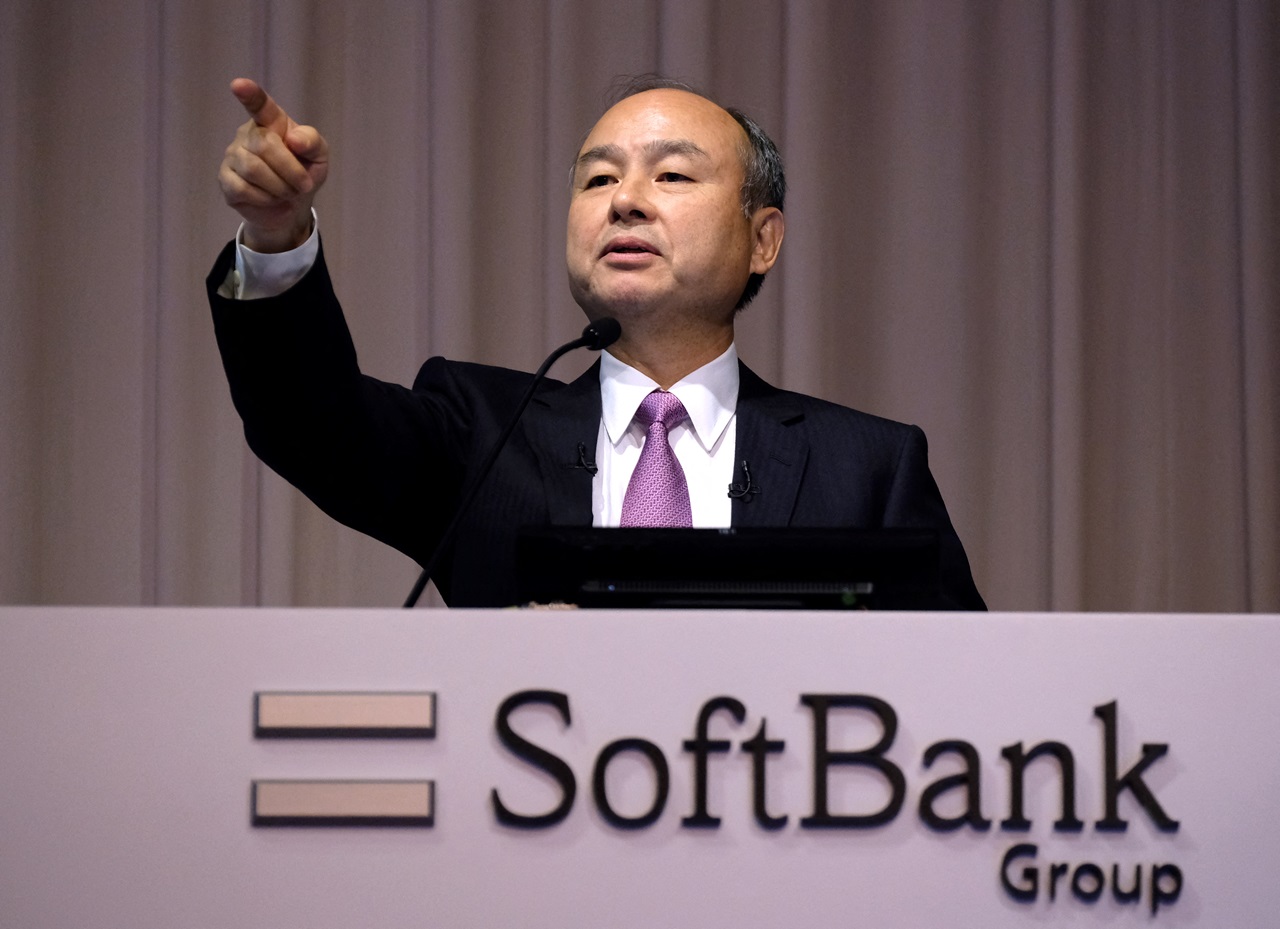
Three tips for expanding diversity in tech companies
Human resources expert points to a path for companies to be more inclusive.
Highlighting how Black and Latinos make up less than 10% of California's top tech workforce, and noting that global spending on Diversity and Inclusion initiatives just passed $9 billion — where it is expected to rise to $15.4 billion by 2026 — Peter Milne, managing director of the specialist recruitment firm Robert Walters North America, recently shared three main areas employers can focus on to diversify their pool of employees.
Focusing on the tech industry, the lack of diversity in senior candidate pools is especially striking when you consider that Latinos make up more than a quarter of the workforce in California, but only make up 7-8% of the workforce at tech giants like Microsoft and Apple.
Glassdoor surveyed employees and employers to find out what really matters in this job climate.
— Glassdoor (@Glassdoor) October 29, 2022
Spoiler alert: There's a gap between what employees are saying and what employers are hearing.
Find out more here: https://t.co/a0eSOCvv8u#employerbrand #transparency #leadership pic.twitter.com/rVLl79gJpX
Changing the scenery
In a scenario where currently two out of three workers in the sector are white, Milne points out the three ways for companies to be more diverse:
1. Obsess over data — Diversity data isn't just about hard numbers or how many Latino women or professionals you hired last month. Make sure you uncover hidden trends by analyzing your hiring data throughout the hiring process, not just by division, location, and grade, but also by source and stage of the pipeline.
“Leveraging insights on diverse hiring is the best way to ensure a business is on the right track to establishing a fully inclusive workplace and remains that way throughout the years to come,” said Milne.
2. Audit your process for bias — Robert Walters began auditing end-to-end client recruiting processes for bias in 2020. To date, all of the organizations that have been part of this process and analyzed have had processes and barriers that put underrepresented talent at a disadvantage.
Karen Hennessey-Coles, senior talent manager at Robert Walters in Los Angeles, stated:
RELATED CONTENT
We can all have the very best intentions in wanting to hire a diverse workforce. However, there is still likely to be ‘innocent ignorance’ which means the process won’t deliver effective results. Having an external audit not only depersonalizes the review, it also gives solid recommendations which would enable business to have a recruitment process which really delivers.
3. Tear up the rule book! — Recruiting and hiring policies have remained largely unchanged for decades, and only innovations like LinkedIn and assessment technology alter the process significantly. However, things have to change. Auditing your hire is the first step, but putting the recommendations to minimize bias into action is how meaningful change happens.
“Today, three out of four job seekers and employees (76%) prioritize working at an inclusive company when considering a job offer or company to apply at. Many hiring processes, content, and recruitment technology have developed over time and exist because they ‘work well enough,’ yet still introduce bias and ‘innocent ignorance’ into the process. For example, a number of coding tests used by managers have never actually been validated to check if they accurately predict employee success and happiness,” noted the talent recruiting firm.
Getting extra help
Here are some additional ways you can make changes to further increase inclusion in hiring processes:
- Ask for employee and candidate feedback on your current interviewing processes
- Use standardized processes in interviews which evaluate the ability of job applicants objectively
- Evaluate resumes blind – ask HR/Recruiters to remove name, age, gender, ethnicity, education and universities
More tips for women to empower themselves in the tech workspace can also be found here.
“There are many important conversations taking place around ED&I – however, the status quo remains, and change is slow. By following these three steps employers will be given a much-needed head start on tackling the bias in their own auditing processes,” highlighted Chris Hickey, CEO of Robert Walters North America.











LEAVE A COMMENT:
Join the discussion! Leave a comment.